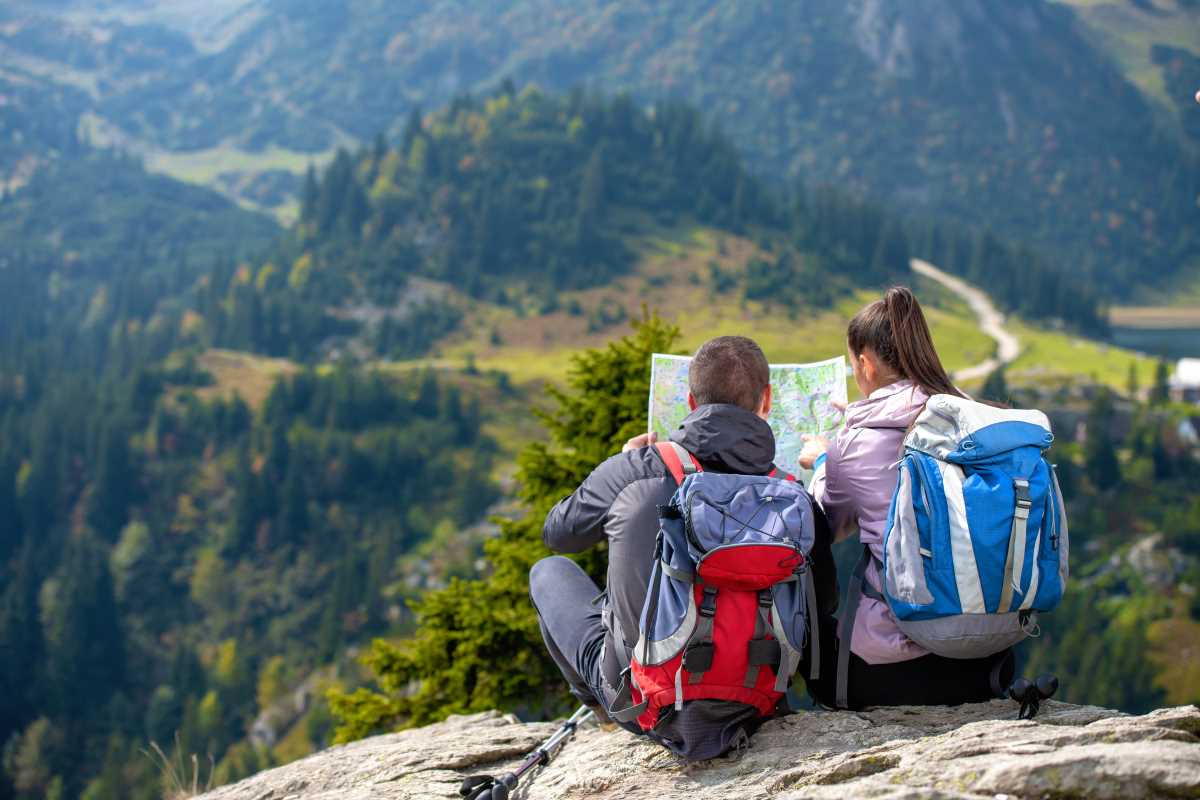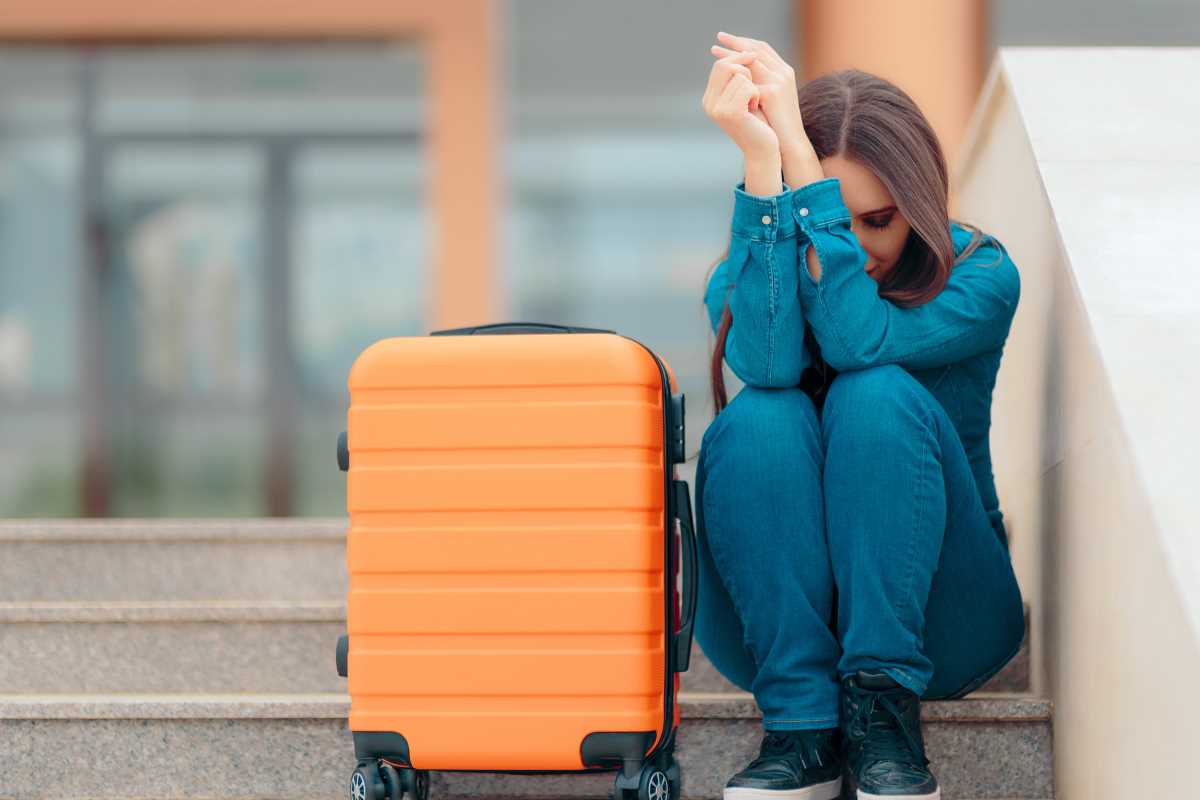Adventure travel is the perfect mix of thrill, unpredictability, and awe-inspiring experiences. Yet, venturing into the unknown without the right gear can quickly turn an exciting trip into a stressful one. The secret to a successful adventure is strategic packing with essentials that are efficient, comfortable, and versatile. This isn’t about stuffing a bag with everything you own but rather curating the perfect balance of what you truly need. Whether you’re climbing rugged peaks, trekking dense forests, or kayaking across azure waters, the right gear transforms challenges into manageable moments. From reliable backpacks to essential safety tools, this guide covers all you need to make your adventure safe and unforgettable. Read on and prepare to explore new horizons with the confidence of being well-equipped for every twist and turn!
1. Dependable Backpack
A great backpack is the foundation of any adventure. Look for one from reliable brands like Osprey, Deuter, or Tortuga, known for their comfort and durability. The ideal size depends on your trip length. For day hikes, a 20-30 liter pack should suffice, while multi-day treks may require a 50+ liter option.
Features to look for:
- Adjustable padded straps for comfort.
- Multiple compartments for easy organization.
- Weather-resistant materials.
- Before buying, try wearing the pack fully loaded to ensure a good fit. Many backpacks also feature internal frames and airflow systems to reduce strain on your back while keeping you cool during long hikes.
2. Layered Clothing System
Mother Nature loves surprises, so dressing in layers is a must. A proper layering system includes:
- Base Layer: Wicks moisture away (synthetic or merino wool is best. Avoid cotton as it absorbs moisture and feels cold).
- Mid-Layer: Provides insulation, like a fleece or lightweight down jacket.
- Outer Layer: Protects against elements. Opt for a waterproof, breathable jacket made from GORE-TEX or similar materials.
For lower body comfort, invest in quick-drying pants that offer flexibility and warmth. Sturdy hiking boots or trail shoes with waterproof features and ankle support are essential for traversing uneven or wet terrains.
3. Reliable Navigation Tools
While smartphones can handle navigation in urban settings, they’re not always dependable in remote or off-grid locations. Complement your electronic devices with a physical map and a compass. For tech enthusiasts, go for handheld GPS devices or offline mapping apps like Gaia GPS. Always learn how to use these tools beforehand, and pack spare batteries or a solar-powered charger.
4. Comprehensive Emergency Kit
Safety comes first, and a well-stocked emergency kit could be a lifesaver. Include:
- A first aid kit with essentials such as bandages, antiseptic wipes, and pain relievers.
- Fire-starting tools like waterproof matches or a lighter.
- A multi-tool or Swiss Army knife.
- Emergency signaling devices like a whistle or mirror.
- A small flashlight or headlamp, with spare batteries.
Pro Tip: If exploring remote areas, consider packing a personal locator beacon (PLB) for added security.
5. Hydration Essentials
Dehydration can sneak up on you, especially during strenuous activities. A durable, reusable water bottle is great for day trips, while hydration packs are ideal for hands-free access on the go. For multi-day treks, lightweight water filters or purification tablets are must-haves to ensure you always have access to clean drinking water.
Adventure-Specific Gear to Enhance Your Experience
For Hiking Enthusiasts
Trekking poles can spare your knees on hilly or uneven ground. They’re especially valuable during steep descents. If camping overnight, a lightweight tent or hammock that’s easy to set up will serve you well.
For Water-Based Adventures
Dry bags are crucial for keeping your valuables safe and dry when kayaking, paddleboarding, or canoeing. Waterproof cases for electronics and personal flotation devices (PFDs) are also non-negotiable.
For Winter Travel
If you’re heading into snowy or icy conditions, thermal gear like insulated gloves, hats, and socks is a must. A high-quality insulated jacket and sub-zero-rated sleeping bag provide critical warmth during frigid nights. Consider crampons for added grip on icy trails.
Useful Extras That Travel Light
1. Compact Power Banks
Keep your devices charged with a power bank. Solar-powered chargers are ideal for extended trips in remote areas, but remember that they may take longer to recharge.
2. Microfiber Towels
Unlike standard towels, microfiber dries quickly and takes up minimal space. They’re perfect for spontaneous swims or quick washes.
3. Portable Cooking Gear
If your adventure involves camping, compact stoves and cooking kits will make meal preparation easy. Don’t forget lightweight utensils and fuel!
4. Portable Shelter
Even if you’re not camping, an emergency bivy sack or tarp can provide protection in case of unexpected weather. These are inexpensive and take up little room.
5. Memory Keepers
Pack a GoPro for action shots, or bring along a journal to jot down memorable experiences. Preserving your adventure in some way will make it all the more special.
Tips to Choose and Test Your Gear
Practice Before You Go
Break in new hiking boots to avoid blisters. Similarly, familiarize yourself with your backpack by testing it fully loaded.
Prioritize Multi-Use Items
A multi-tool, for instance, saves space by replacing single-purpose items.
Set a Budget But Focus on Quality
High-quality gear may come with a higher price tag, but it’s an investment. Cheap equipment often sacrifices durability and comfort.
Pack Light, Pack Right
Overpacking is common but counterproductive. Trim your list by cutting items you can reasonably do without.
Adventure travel is all about pushing your boundaries and exploring the unknown. With the right gear, you’ll feel confident, comfortable, and ready for any surprises along the way. Each piece of equipment plays a vital role in making your trip safe and enjoyable.
Take the time to research your destination and adapt your gear to the activities you’ll be doing. And don’t forget to keep space for curiosity, excitement, and perhaps a small souvenir to remind you of your adventure.
 (Image via
(Image via





